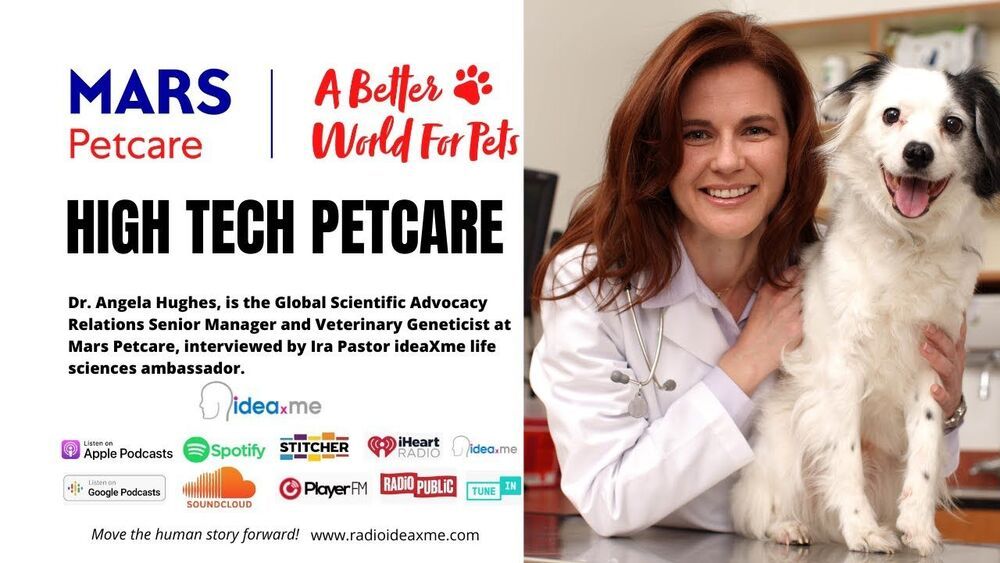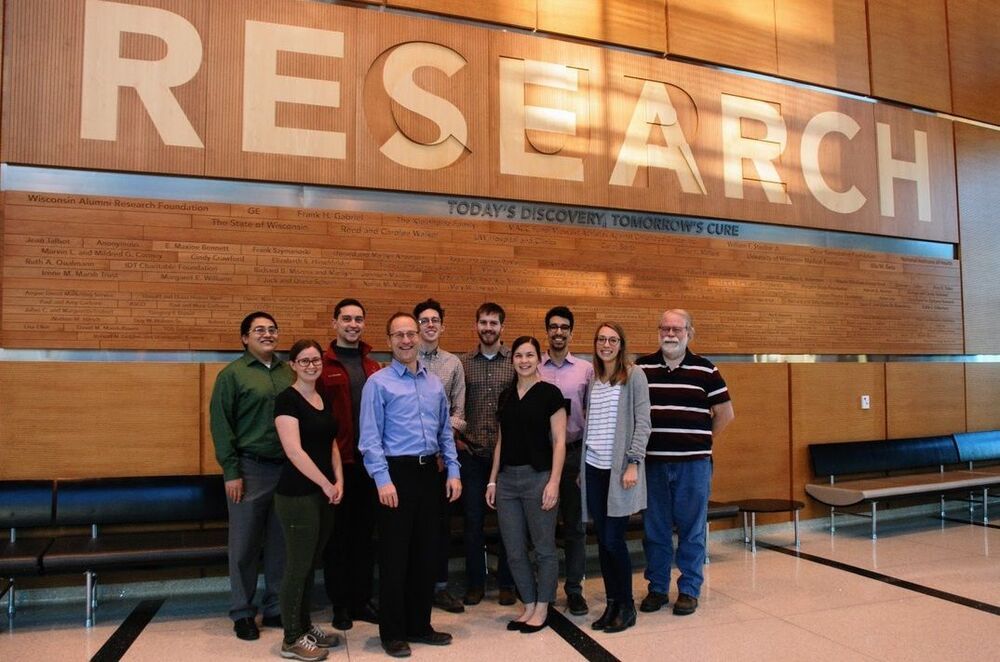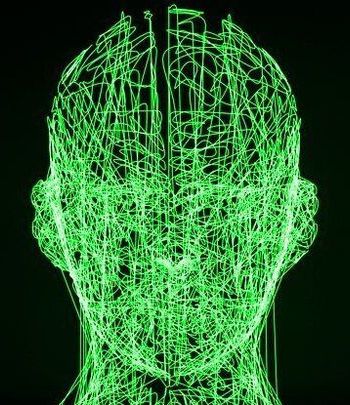Methylation definition at 5:05, 27:20 a lil about reprogramming, 32:00 q&a, 47:44 Aubrey chimes in, 57:00 Keith Comito(and other throughout)
Zoom transcription: https://otter.ai/u/AIIhn4i_p4DIXHAJx0ZaG0HUnAU
We will be joined by Morgan Levine, Yale University, to discuss the recent article “Underlying Features of Epigenetic Aging Clocks” she co-authored.
The talk will compare and contrast existing epigenetic clocks and describe how they can be deconstructed to facilitate our understanding of causes and consequences of epigenetic aging.
Article Abstract:
Epigenetic clocks, developed using DNA methylation data, have been widely used to quantify biological aging in multiple tissues/cells. However, many existing epigenetic clocks are weakly correlated with each other, suggesting they may capture different biological processes. We utilize multi‐omics data from diverse human tissue/cells to identify shared features across eleven existing epigenetic clocks. Despite the striking lack of overlap in CpGs, multi‐omics analysis suggested five clocks (Horvath1, Horvath2, Levine, Hannum, and Lin) share transcriptional associations conserved across purified CD14+ monocytes and dorsolateral prefrontal cortex. The pathways enriched in the shared transcriptional association suggested links between epigenetic aging and metabolism, immunity, and autophagy. Results from in vitro experiments showed that two clocks (Levine and Lin) were accelerated in accordance with two hallmarks of aging—cellular senescence and mitochondrial dysfunction. Finally, using multi‐tissue data to deconstruct the epigenetic clock signals, we developed a meta‐clock that demonstrated improved prediction for mortality and robustly related to hallmarks of aging in vitro than single clocks.
Morgan’s Bio:
Morgan Levine is a ladder-rank Assistant Professor in the Department of Pathology at the Yale School of Medicine and a member of both the Yale Combined Program in Computational Biology and Bioinformatics, and the Yale Center for Research on Aging. Her work relies on an interdisciplinary approach, integrating theories and methods from statistical genetics, computational biology, and mathematical demography to develop biomarkers of aging for humans and animal models using high-dimensional omics data. As PI or co-Investigator on multiple NIH-, Foundation-, and University-funded projects, she has extensive experience using systems-level and machine learning approaches to track epigenetic, transcriptomic, and proteomic changes with aging and incorporate this information to develop measures of risk stratification for major chronic diseases, such as cancer and Alzheimer’s disease. Her work also involves development of systems-level outcome measures of aging, aimed at facilitating evaluation for geroprotective interventions. A number of the existing biological aging measures she has developed are being applied in both basic and observational research.









